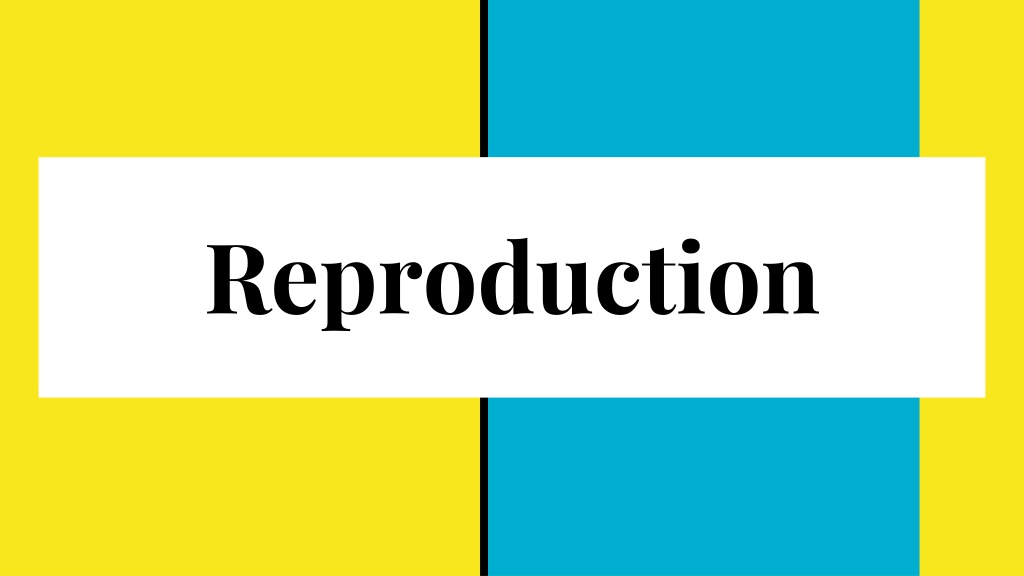Comparing Reproduction: Bread Mold vs. Seahorse
Understanding the processes of asexual and sexual reproduction, this content delves into the unique methods of bread mold and seahorses. While bread mold reproduces both asexually and sexually, seahorses only reproduce sexually. Dive into the details of spores, zygotes, mating types, pouch birthing, and more, exploring the fascinating world of these diverse reproductive strategies.
Download Presentation

Please find below an Image/Link to download the presentation.
The content on the website is provided AS IS for your information and personal use only. It may not be sold, licensed, or shared on other websites without obtaining consent from the author. Download presentation by click this link. If you encounter any issues during the download, it is possible that the publisher has removed the file from their server.
E N D
Presentation Transcript
Asexual Reproduction Process of reproduction with no gender involved where a single gggggg organism duplicates itself.
Sexual Reproduction Process of reproduction where two sexes combine their genetic information to produce offspring.
Bread Mold Reproduces both asexually and sexually Asexual 1. Spore germinates 2. Reproductive parts form and eventually break apart, producing new spores Sexual 1. Nuclei from different genders fuse 2. Zygotes form 3. Zygotes develop into zygospores 4. Zygospores mature and produce sporangia, which release more spores Seahorses Reproduces sexually between a male and female Sexual 1. Female inserts eggs in male s pouch 2. Male raises eggs 3. Male gives birth The Two Organisms
Bread Mold Zygospore originates from the Greek word, zygos, which means joining (Olbrantz) The scientific name of bread mold is Rhizopus stolonifer Instead of having sexes or genders, they have mating types, which are categorized as + and -
Seahorses When males compete for a mate, they will tend to fight Female and male seahorses will engage in daily dances (National Geographic) During one dance, the female will insert her eggs into the male s pouch The female visits every day Males give birth at the end of a 21 day span
Bread Mold vs. Seahorse Reproduces both asexually and sexually Only reproduces sexually Female inserts eggs into male s pouch Doesn t have genders, instead has mating types Can carry up to 2,000 seahorse babies at a time Can reproduce sexually Bread mold forms in around one to six days Pregnancy can last 10- 25 days Age of sexual maturity is undefined Males give birth Reach sexual maturity at 6 months
Sources http://news.nationalgeographic.com/news/2002/06/0614_seahorse_recov.html http://www.springer.com/cda/content/document/cda_downloaddocument/30 01.swf http://bioweb.uwlax.edu/bio203/2011/olbrantz_chri/reproduction.htm http://www.naturefoundationsxm.org/education/sea_horse/seahorses.htm https://prezi.com/tj5csuk5wfxe/chapter-10-project/



























